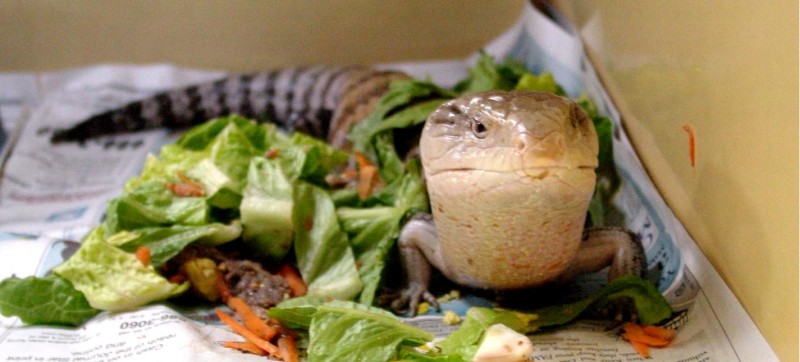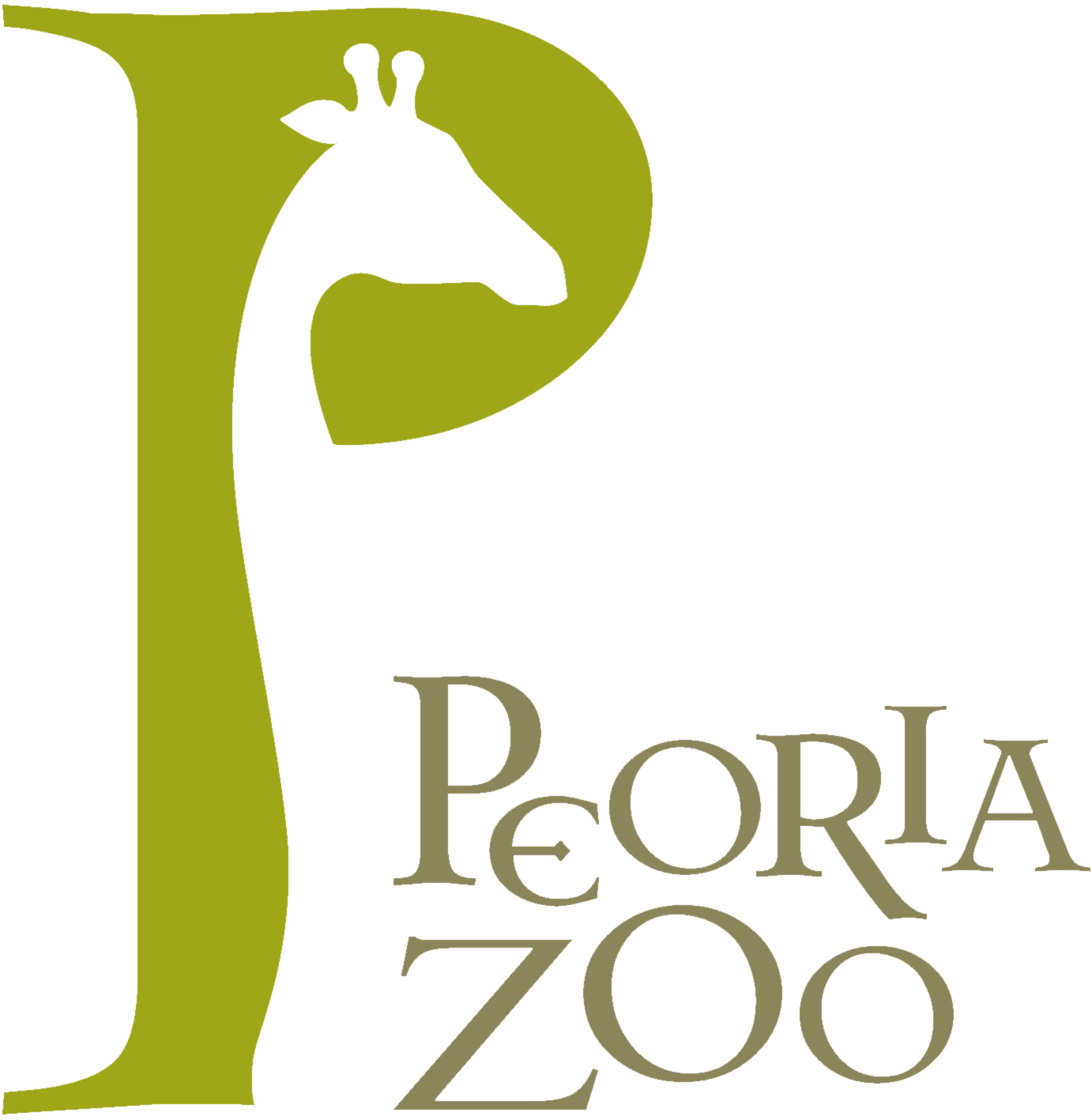Blue-tongued Skink - Tiliqua scincoides

Habitat:
they are native to a variety of habitats including grasslands, forests, rainforests, and deserts
Range:
they are native to Australia
Activity Cycle:
diurnal
Features:
They have a broad flattened body with short limbs that allow them to burrow. They have smooth, overlapping scales which help to keep out dirt, sand, and other debris
Size:
17-24 inches and can weigh between 10-18 ounces
Social Structure:
they are solitary
Life Expectancy:
up to 20 years
Diet:
insects, snails, flowers, fruits, and berries
Reproduction:
The females are ovoviviparous meaning babies are born live, developing in membranes inside the mother. Up to 15 offspring are born after about 100 days.
Interesting Facts:
- the blue-tongued skinks are broken into two types the northern and eastern, there are some variations between the two types with the northern usually being larger in size and a darker brown color than the eastern
- because they are slow moving they eat animals which are also slow moving
- their jaws are strong enough to crush snails and beetles
- they are normally shy and docile but will stand their ground when threatened by puffing up their body and thrusting out their blue tongue while emitting a loud hiss
- they have no teeth but can deliver a powerful and painful bite if grabbed from behind it will shed its tail (which will regenerate)
- they shed their skin in pieces unlike snakes that shed all at the same time they ingest small stones to help digest their food they provide a good demonstration of the transition from legless lizards to lizards with four legs.
- They are the largest member of the skink family.
Prices
- Adult (13 and over)$12.50
- Child (2 - 12)$9.00
- Child (1 and Under)FREE
- Senior (65+)$11.50
- Active Military$11.50
We begin transferring animals to evening (off exhibit) holding at 4:30 each night.
Find Us
2320 N. Prospect Rd.
Peoria, IL 61603
Phone: 309-686-3365
Open Daily 10:00-5:00
Last admission at 4:30
